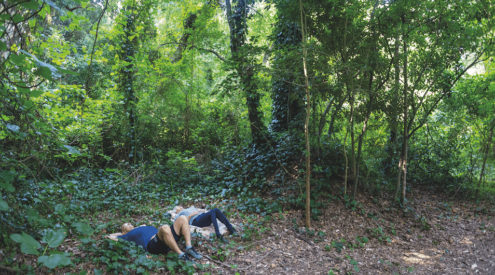As a result of habitat restoration and re-introduction, the crane is slowly starting to flourish once again in Britain’s wetlands.
The cranes are the tallest birds in the UK and stand at 1.2 metres. For 400 years these cranes were absent as a breeding bird. This was a direct result of hunting and wetland drainage, according to the BBC.
Across the UK in Scotland, the Fens, Gloucestershire, Wales and Suffolk, there are roughly 200 breeding pairs. Their recovery has been a slow process with only one additional breeding pair recorded between 2018 and 2019.
In Britain during the Middle Ages, cranes were believed to be common and widely dispersed breeding birds.
Chrissie Kelley from the Pensthorpe Conservation Trust in Norfolk, told the BBC that sightings of the birds have been rewarding.
‘We are thrilled to see wild cranes doing so well. Seeing these birds in flight is breath-taking and we have regular sightings of them over our reserve.’
There is hope that the population will increase at a faster pace as second-generation chicks will reach breeding age and the fertility of the current birds improve, according to the The Royal Society for the Protection of Birds.
Damon Bridge, from UK Crane Working Group, said to the BBC that the population increase is representative of nature’s resilience.
‘The increase of cranes over the last few years shows just how resilient nature can be when given the chance. They are not yet out of the woods, but their continued population climb year-after-year is a very positive sign.’
View this post on Instagram
Image: Instagram/ @uniofexeternews

















